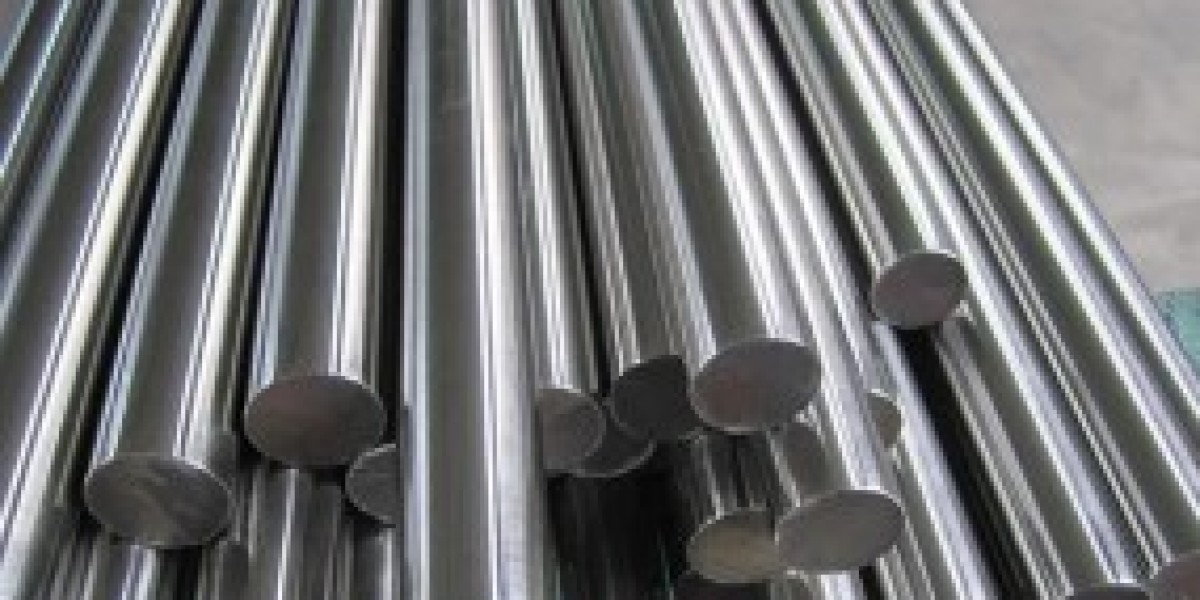The changing steel rate today significantly impacts project budgets and operational costs in these industries. By understanding the dynamics of steel pricing, businesses can make informed decisions about procurement and planning.
Current Trends in Steel Rates
Steel prices have been subject to considerable volatility in recent years due to global economic shifts and market events. Presently, international steel prices hover between $700 and $800 per metric ton, with regional variations influenced by factors like production costs, logistics, and taxes. In India, steel prices are often expressed in INR per metric ton, reflecting the influence of local market dynamics.
The COVID-19 pandemic disrupted supply chains and created significant price fluctuations, with sharp increases during peak disruptions followed by corrections as demand softened. In 2024, steel rates remain dynamic due to ongoing economic recovery, supply chain adjustments, and inflation-driven production costs. Additionally, robust infrastructure initiatives in nations like India, the U.S., and China have kept steel demand steady, particularly in construction and large-scale projects.
In India, government programs such as the "Smart City Mission" and "Make in India" initiative have heightened the need for steel, resulting in regional price differences. Urban areas with high construction activity may witness higher prices compared to smaller towns due to transportation and logistical factors. Globally, regions like Europe are seeing increased production costs due to rising energy prices, further impacting steel rates.
Key Factors Driving Steel Prices
1. Demand-Supply Balance
Steel prices are largely determined by the interplay of supply and demand. Economic growth drives up demand, particularly in construction, automotive, and industrial sectors. When demand surpasses supply, prices icrease, and vice versa. Rapid urbanization and government-led infrastructure projects often result in a surge in demand, as seen in India with initiatives like the National Infrastructure Pipeline (NIP).
On the supply side, factors such as raw material availability and production efficiency play pivotal roles. Steel production highly depends on raw materials like iron ore and coking coal, and price changes in these commodities impacts the steel rates. Moreover, supply chain issues, such as delays in transportation or disruptions in mining operations, can constrain availability, leading to price increases.
2. Global Market and Geopolitical Events
As a globally traded commodity, steel prices are influenced by international trade policies and geopolitical developments. Trade wars, sanctions, and tariffs can significantly impact the movement of raw materials and finished steel products. For instance, during the U.S.-China trade war, steel prices in the U.S. rose as tariffs on imports reduced supply.
Similarly, the ongoing conflict between Russia and Ukraine has had a notable effect on the global steel market. Both countries are major exporters of steel and raw materials like iron ore. Disruptions in their exports have created supply gaps, driving up steel prices in other regions. Additionally, China's policies on steel production and environmental regulations are critical in shaping global price trends, given that China produces more than half of the world's steel.
3. Energy Costs and Environmental Regulations
Steel manufacturing is an energy-intensive process, making energy costs a significant factor in pricing. Rising electricity and fuel costs can increase production expenses, directly impacting the steel rate today. For example, regions experiencing energy shortages or price hikes often see higher steel prices as producers pass on the additional costs to buyers.
Environmental regulations have also gained prominence in the steel industry. As countries push for cleaner production methods to reduce carbon emissions, steelmakers are investing in new technologies, such as electric arc furnaces (EAFs), to produce "green steel." While these methods reduce environmental impact, they involve higher initial and operational costs, contributing to increased steel rates.
4. Regional Variations in Pricing
Regional differences in steel prices often stem from logistical and market-specific factors. In urban centers with high construction activity, prices may rise due to greater demand and transportation expenses. Conversely, areas with lower demand or closer proximity to steel mills may offer slightly lower rates. Taxes, duties, and local regulations also contribute to price disparities.
Impact of Steel Rate Fluctuations on Industries
The changing steel rate today has far-reaching implications for industries that depend on steel:
Construction Sector: Steel is a primary material for construction, used in building frameworks, reinforcement bars, and structural elements. Rising steel prices can significantly inflate project costs, affecting budgets for residential, commercial, and infrastructure projects.
Automotive Industry: Steel is crucial in automotive manufacturing, where it is used for vehicle frames, panels, and safety components. Increased steel costs can lead to higher production expenses, potentially raising the price of vehicles.
Manufacturing and Heavy Equipment: Steel is a staple material for manufacturing machinery, appliances, and industrial equipment. Any price increase impacts production costs, which may be passed on to end consumers.
Infrastructure Development: Large-scale projects like highways, bridges, and railways are heavily reliant on steel. Fluctuating rates can affect project timelines and budgets, especially for government-funded initiatives.
Conclusion: Staying Ahead in a Volatile Market
The steel rate today reflects a complex interplay of factors, including global supply-demand dynamics, geopolitical influences, and environmental goals. Industries dependent on steel must remain vigilant, tracking price trends to make informed purchasing and budgetary decisions. As the world transitions toward greener production practices and navigates economic recovery, steel prices are likely to remain dynamic.
By understanding the key drivers of steel pricing, businesses can anticipate market movements and plan procurement strategies effectively. For stakeholders in construction, automotive, and manufacturing, staying informed is essential to adapting to the evolving steel market and maintaining a competitive edge.
If you're looking for high-quality TMT bars or steel products, visit our website at www.steeloncall.com or contact us via our toll-free number 18008332929 for the best deals.
#SteelRateToday #GlobalSteelTrends #ConstructionMaterials #SteelPricing #SustainableSteel







